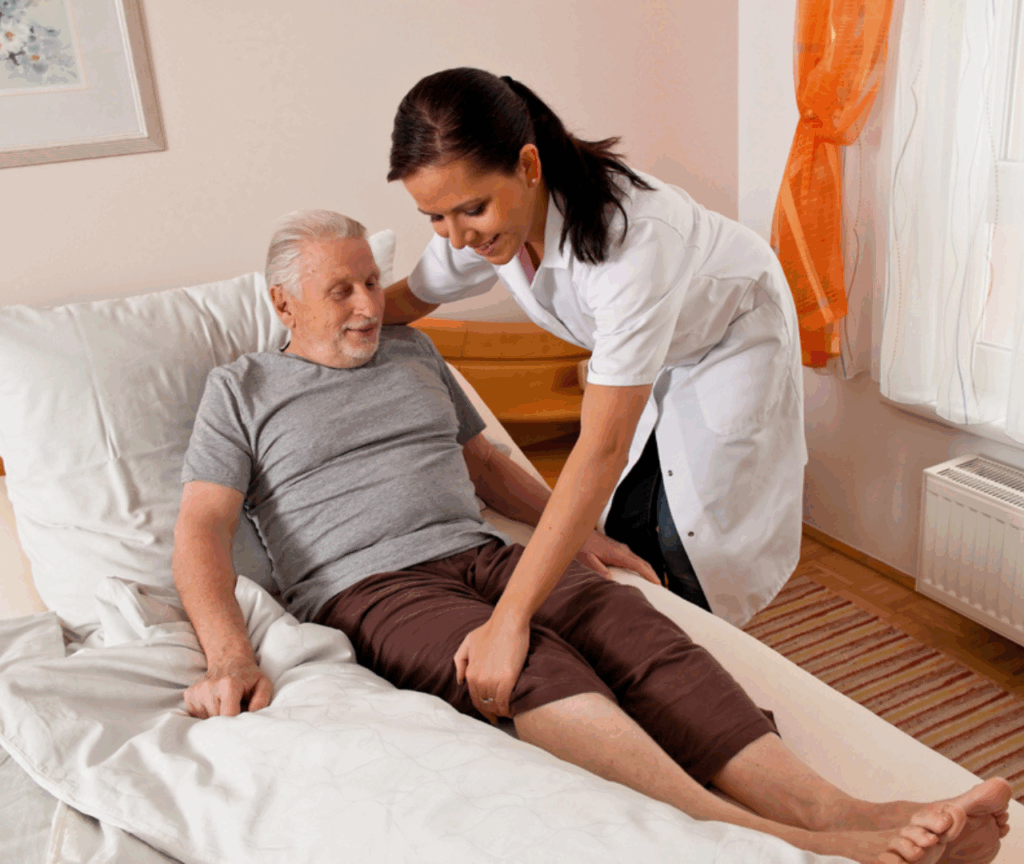As seniors age, they often experience physical changes that increase the risk of accidents and injuries in the home. Falls, burns, and other accidents can have serious consequences for seniors, making it crucial to create a safe living environment. This article offers practical tips for preventing accidents and injuries in the home and ensuring a safe environment for seniors.
1. Preventing Falls
Falls are one of the leading causes of injury among seniors, and they can happen in any room of the house. To prevent falls, start by making sure that walkways are clear of clutter, such as rugs or cords, which could cause tripping. Install grab bars in bathrooms, near toilets and bathtubs, to provide extra support. Staircases should be well-lit, and handrails should be securely attached.
In addition, non-slip mats should be placed in the bathtub and shower to reduce the risk of slipping. Ensure that all areas are well-lit, especially stairs, hallways, and entrances. Encourage seniors to wear proper footwear with non-slip soles to improve balance and reduce the risk of falls.
2. Improving Lighting
Adequate lighting is essential to prevent accidents. As seniors age, they may experience reduced vision, making it harder to navigate their environment. Ensure that all areas of the home, particularly hallways, staircases, and bathrooms, are well-lit. Consider installing motion-sensor lights in areas like hallways and bathrooms to reduce the need for seniors to fumble with switches.
Additionally, nightlights in bedrooms and bathrooms can help seniors navigate the home at night without the risk of tripping.
3. Eliminating Fire Hazards
Seniors are more susceptible to burns and fires, so it’s essential to address fire hazards in the home. Keep flammable materials, such as paper towels or dish towels, away from the stove and other heat sources. Install smoke detectors in every room and ensure they are functioning properly. For added safety, consider adding a carbon monoxide detector.
If the senior is still using a stove or oven, make sure they have clear visibility and easy access to these appliances. Consider using automatic stove shut-off devices to prevent cooking accidents.
4. Organizing the Home
Seniors often have difficulty reaching or bending to access objects. To prevent injuries, organize the home so that frequently used items are within easy reach. Use pull-out drawers, or consider placing items at waist height to reduce the need for bending or stretching. In the kitchen, keep knives, pots, and dishes in accessible areas to prevent the need for climbing or reaching for objects.
5. Ensuring Proper Furniture and Layout
Furniture layout is essential to preventing injuries. Arrange furniture to ensure clear pathways, especially in areas where seniors frequently walk. Avoid sharp-edged furniture that could cause injuries if bumped into. Low-lying furniture, such as coffee tables, should be removed or replaced with softer alternatives.
If the senior uses mobility aids, such as a walker or wheelchair, ensure the layout of the home accommodates these aids, providing enough space to move freely without obstacles.
6. Assistive Devices and Technology
There are numerous assistive devices that can improve senior safety at home. For example, install motion-sensor lights, use a medical alert system, and consider adding a fall detection device to help seniors get help quickly if needed. Wheelchairs, walkers, and canes should be properly maintained and adjusted for safety.
Conclusion
Creating a safe environment for seniors requires thoughtful planning and proactive measures. By removing fall hazards, improving lighting, organizing the home, and using assistive devices, seniors can significantly reduce the risk of accidents and injuries. Regularly assessing the home for potential risks and making necessary adjustments will help seniors maintain their independence and quality of life while staying safe at home.

